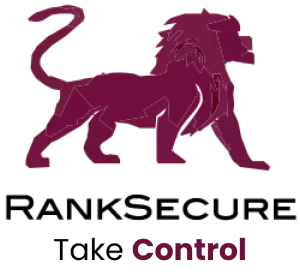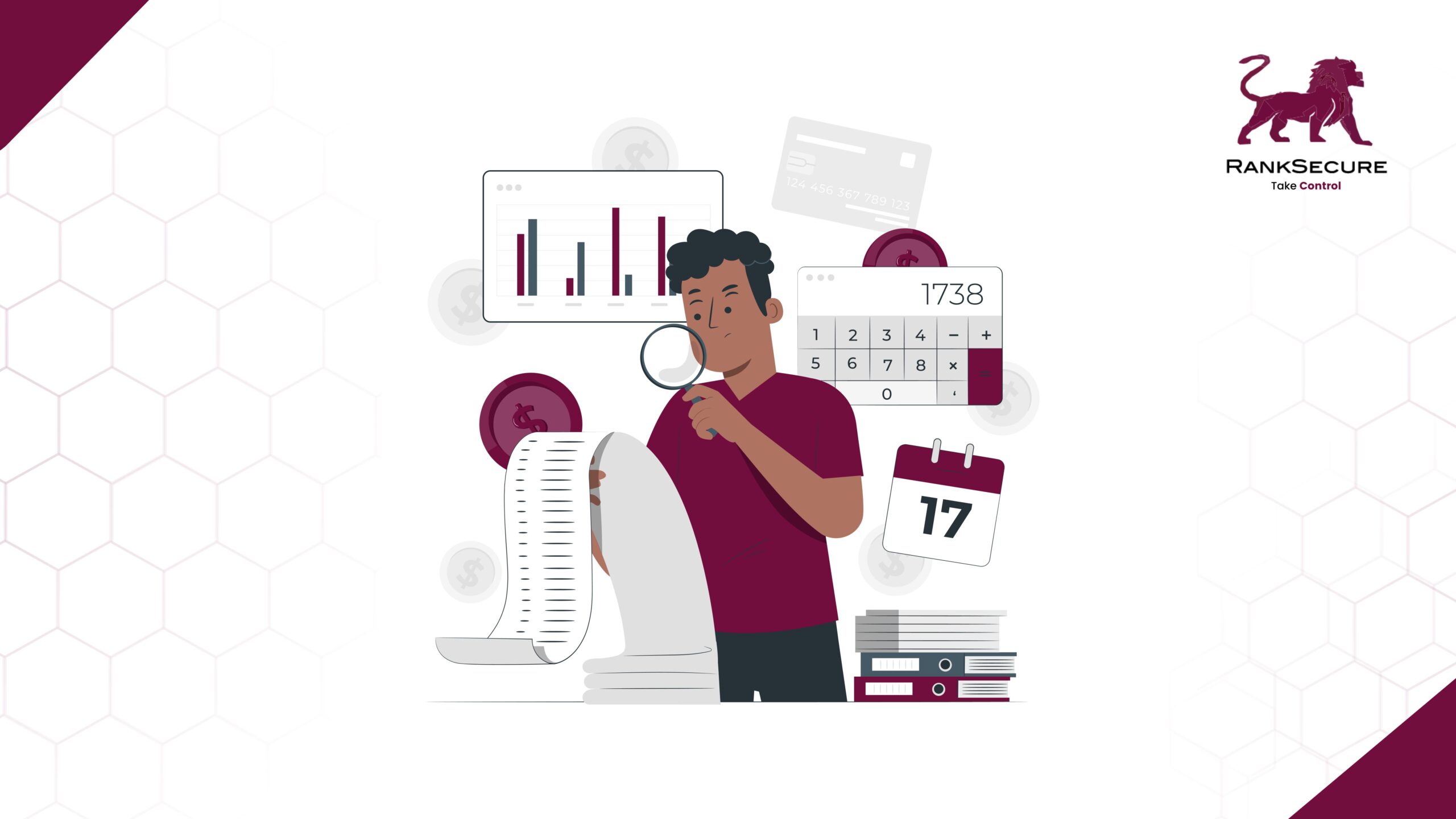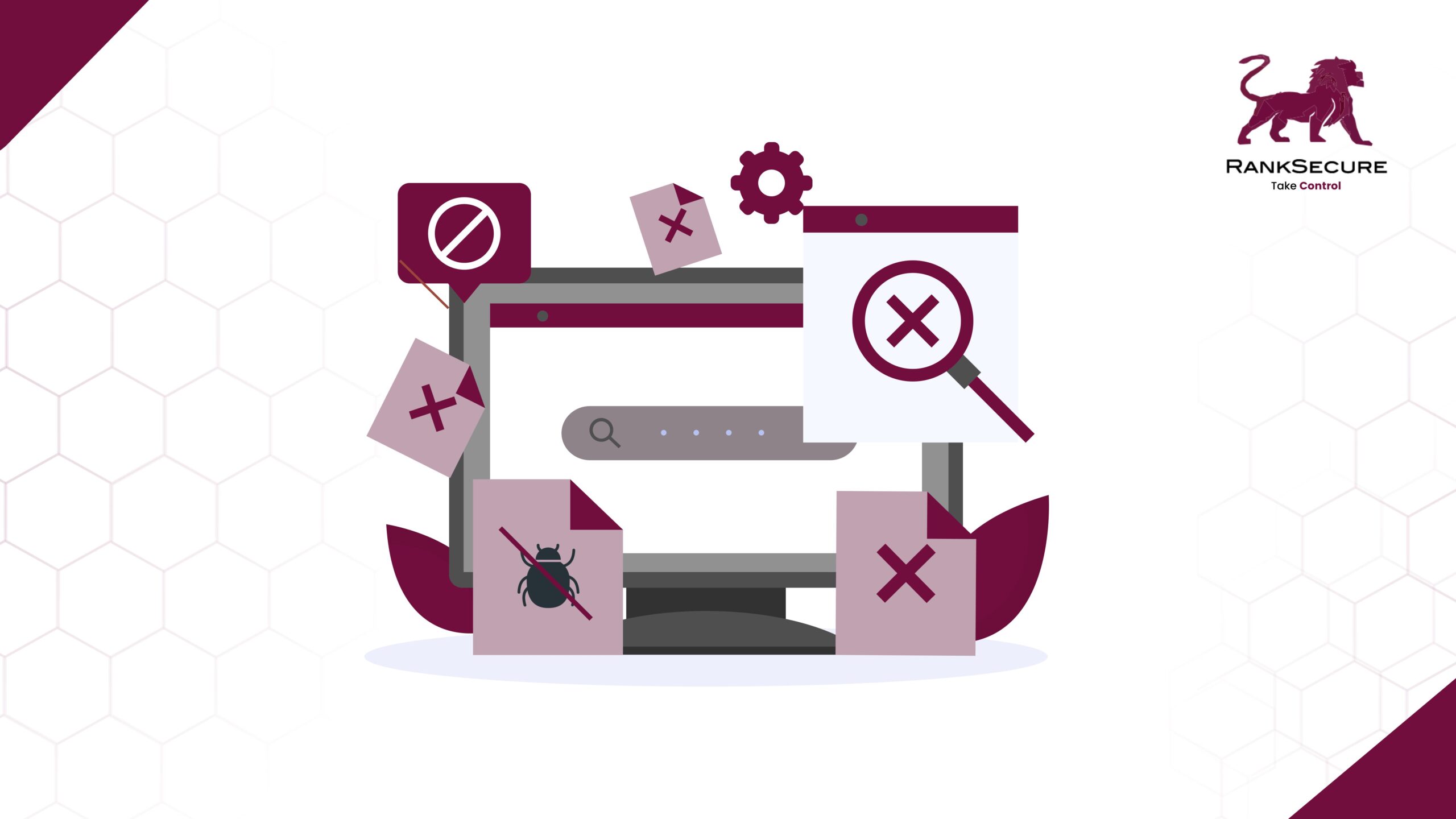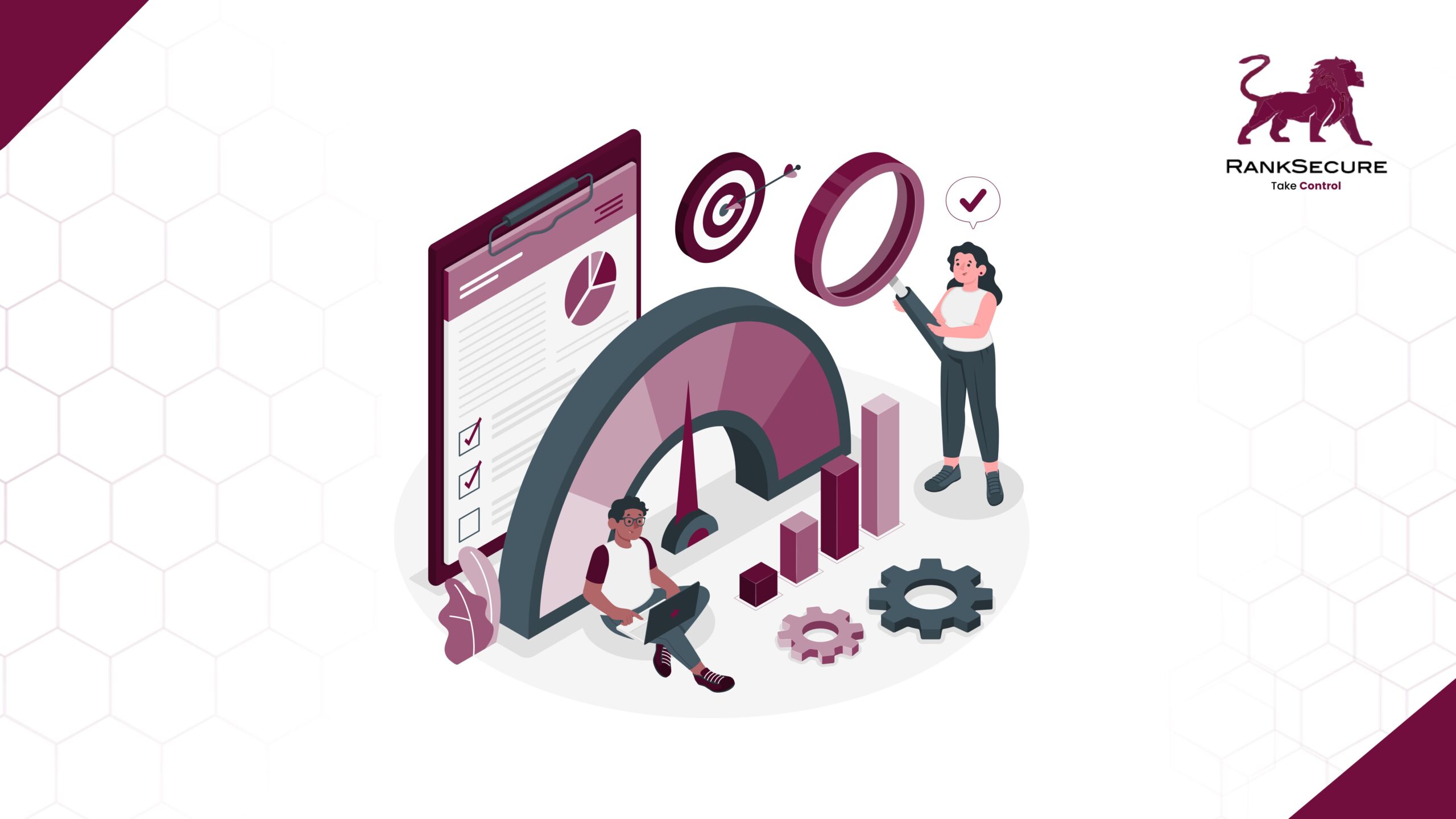If you’ve ever delayed a patch because it clashed with a release, or the testing wasn’t finished, or something else took priority, you’re not alone. That’s usually how it starts. Not with a missed alert or a major oversight, but with a known issue that just didn’t get patched in time. Most breaches don’t begin with something advanced. They begin with something that was already fixable.
Cybersecurity threats today don’t discriminate between Fortune 500s and mid-sized firms. Attackers go after low-effort, high-impact vulnerabilities – the kind that come from outdated systems or inconsistent patching practices.
That’s what makes patch management more than routine IT hygiene. The difference between companies that stay protected and those that get breached often comes down to how consistently they handle updates.
What Patch Management Actually Involves
For any organisation, patch management is how you keep systems updated, secure, and running as expected.
It involves a structured process of identifying, prioritising, testing, deploying, and verifying software updates across your digital infrastructure.
While it plays a key role in security, patching isn’t only about preventing breaches. It also helps with:
- Performance bottlenecks
- Feature improvements
- Compliance requirements
- Compatibility issues with other systems
Done well, patch management improves resilience.
Done poorly, it introduces risk either by delaying remediation or by pushing unstable updates into production.
Why Patch Management Now Demands Attention
Every time a vendor releases a patch for a known vulnerability, they’re not just improving software but they’re effectively disclosing a blueprint for potential exploitation. As soon as a CVE is published and linked to a security update, attackers begin scanning for exposed systems that haven’t applied the fix.
According to industry reports:
- Critical vulnerabilities are often exploited within 15 days of public disclosure.
- Over 60% of breaches involve flaws that already had patches available at the time of compromise.
- Many high-profile ransomware incidents began with unpatched endpoints or outdated VPN appliances.
This creates what’s known as the patch window – the period between a fix being published and when it’s deployed across all relevant systems. The longer that window remains open, the greater the risk. Unfortunately, that window is often held open not by lack of awareness, but by process delays, resourcing gaps, or uncoordinated ownership.
Read how zero-day threats expose weaknesses in patching processes.
The Consequences of a Fragmented Patching Strategy
Many enterprises have policies for patching but lack consistent enforcement, tooling integration, or cross-team accountability.
The result?
Visibility gaps and inconsistent coverage.
| Problem Area | Impact |
|---|---|
| Incomplete asset inventory | Systems go unpatched because they weren’t accounted for |
| Manual patching for legacy apps | Delays, inconsistencies, and undocumented changes |
| Lack of testing infrastructure | Fear of downtime leads to patch deferrals |
| Siloed ownership | Security flags CVEs, but IT delays due to other priorities |
| No central dashboard | No real-time visibility into coverage or patch status |
In these scenarios, patching becomes reactive. And when that happens, it’s very common for vulnerabilities to remain open for 30, 60, or even 90+ days which is long past the safe threshold.
The result is an environment that’s hard to secure and even harder to defend during an audit or breach investigation.
Compliance Requirements and Audit Expectations
Patch management is about internal hygiene & it’s a formal expectation under nearly every cybersecurity compliance framework.
What auditors expect:
- Patch deployment logs with timestamps and outcomes
- Documentation of exceptions and justifications
- Policies showing severity-based SLAs (e.g., 72 hours for CVSS 9+)
- Evidence of testing, rollback capability, and post-deployment monitoring
Inconsistent patching puts your organisation at risk – not just technically, but legally and financially.
Delayed patches weaken your ability to prove that you’re in control of your systems.
For that reason, patch management must be treated as a risk mitigation discipline and not a background update cycle.
| Framework | Requirement |
|---|---|
| ISO/IEC 27001 | Requires identification and remediation of technical vulnerabilities |
| HIPAA Security Rule | Mandates protection against known threats, including unpatched software |
| PCI DSS | Requires prompt installation of patches based on risk (30 days for critical) |
| NIST SP | Defines a patch management lifecycle including discovery, testing, and audit |
| Energy | Operational continuity, critical infrastructure controls |
The Business Impact of Patch Prioritisation
Every patch requires time, testing, and coordination. But not all carry the same business risk. Treating them all equally stretches resources thin and delays what actually matters.
Understanding what a patch addresses (and what’s at stake if it’s delayed) helps teams reduce noise and focus on what protects uptime, compliance, and business continuity.
| Patch Type | What It Fixes | Business Risk If Delayed |
|---|---|---|
| Security patches | Known vulnerabilities (often with CVEs) | Breach exposure, regulatory non-compliance |
| Bug fixes | Functional errors, crashes, service issues | Operational disruption, user impact |
| Performance updates | Efficiency, slowdowns, stability gaps | Resource drain, degraded user experience |
| Feature upgrades | New or improved capabilities | Competitive lag, missed enhancements |
| Hotfixes | Emergency fixes outside normal cycles | High, often released to fix critical issues fast |
Security patches often take priority, especially when tied to exploitable vulnerabilities. But overlooking non-security updates can create bottlenecks and build technical debt that’s harder (and costlier) to unwind later.
The key is not to patch everything equally, but to assign risk profiles and act accordingly.
Why Patching Feels Harder Than It Should Be
Patching would be simple if everything came from one source and followed the same rules. But in reality, enterprise IT environments are a mix of operating systems, vendor software, cloud services, hardware, and internally built tools. Each of these has its own release cycles, dependencies, and risk profiles.
| Source | Examples |
|---|---|
| Operating systems | Microsoft, Apple, Linux distributions |
| Application vendors | Adobe, Google, Atlassian, SAP |
| Hardware/firmware | BIOS updates, network drivers, embedded systems |
| Cloud platforms | AWS EC2, Azure VMs, Google Cloud services |
| Internal development | Custom applications, APIs, or in-house platforms |
Why does this matter?
Each patch source introduces its own set of constraints:
- Different cadences: Microsoft pushes updates monthly. Cloud apps may auto-update weekly. Internal apps might get patched once a quarter or not at all unless someone flags it.
- Different delivery methods: Some patches come through auto-update agents. Others require full package downloads, CLI scripts, or manual intervention via RDP or console access.
- Different levels of documentation: Enterprise vendors provide changelogs and CVEs. Internal teams may not log fixes clearly, leaving IT or security to chase context post-incident.
- Different testing and rollback risks: A firmware patch might brick a device if not staged correctly. An app update might break integrations if business logic isn’t accounted for. These are technical issues and they impact uptime and SLA commitments.
Without a system to coordinate this chaos, patches get missed, delayed, or improperly applied. That’s why most mature environments patch and build a process around it.
The Patch Management Lifecycle: What a Mature Process Looks Like
In mature environments, patch management is designed as a repeatable, auditable process. It accounts for system complexity, prioritises based on risk, and integrates into both IT operations and security workflows.
1. Asset Discovery and Classification
Maintain a continuously updated inventory of all systems — servers, endpoints, applications, network devices — including their OS, version, and business criticality.
2. Vulnerability Scanning
Use vulnerability scanners (like those in RankSecure’s VAPT) to identify missing patches or misconfigurations.
3. Patch Evaluation and Risk Triage
Evaluate patch applicability, review vendor notes, and determine patching urgency based on the following parameters:
- CVSS score
- Threat intelligence (active exploitation)
- Exposure (internal vs external systems)
- Business impact of downtime
4. Controlled Testing
Test patches in staging environments to validate compatibility, especially for business-critical systems. Consider rollback plans if instability is introduced.
5. Phased Rollout
Deploy patches in waves, starting with lower-risk systems. Use automated tools to track coverage and failure rates.
6. Monitoring and Rollback (if needed)
Monitor system behaviour post-deployment. Capture patch success/failure events and revert if functionality is impacted.
7. Reporting and Audit Logs
Maintain patch logs by asset, timestamp, and outcome. These logs should align with compliance reporting needs for ISO, HIPAA, PCI DSS, and others.
Without a unified view, it’s easy to miss patches or delay them indefinitely because no one is quite sure who owns the next step. And in environments with hundreds or thousands of assets, that quickly leads to blind spots, especially for systems that don’t report into central dashboards or aren’t covered by standard patching tools.
That’s why centralised visibility, tooling that supports multiple sources, and clear internal ownership are essential. Otherwise, patching becomes reactive. And by the time you find out something was missed, it’s usually because something’s already broken.
Centralised Patch Management: Why It’s Essential at Scale
Without a centralised patch management platform, large organisations struggle to maintain consistency. Patch deployment varies by team, by toolset, and often by institutional memory.
A centralised system brings:
- Unified visibility into what’s patched, what’s pending, and where risks exist
- Policy enforcement based on severity, asset type, and compliance requirements
- Auditability for external frameworks and internal governance
- Automation to reduce dependency on manual steps and reduce patch window duration
Without Centralisation |
|
|
|
|
With Centralised Patch Management
|
|
|
|
|
Common Challenges and How Mature Teams Solve Them
Even with tools and policies in place, patching consistently still presents operational challenges. Here are five that come up most often and how high-performing teams manage them:
| Challenge | Impact | What Works |
|---|---|---|
| Patching delays due to downtime fears | Postponed rollouts, increased risk window | Use phased rollouts + test environments + SLA-based overrides |
| Disjointed ownership across teams | Gaps in coverage, unclear responsibility | Assign asset-specific patch owners + central coordination |
| Too many manual steps | Missed patches, inconsistent logging | Automate patch scans, deployment, and status checks |
| Lack of visibility into remote systems | Devices outside coverage or missed during audits | Enforce endpoint registration + leverage cloud-native tools |
| Unclear exception handling | Patches permanently skipped without documentation | Define formal exception workflows with time-bound review |
Patch Management Tools: Choosing the Right Platform
Tool selection matters not just for automation, but for visibility, integration, and auditability. The right patch management tool will align with your organisation’s size, complexity, and existing IT infrastructure.
Evaluate these things:
- Agent vs agentless deployment
- Third-party application support
- Rollback capability
- Role-based access control
- Integration with vulnerability scanners.
Why IPM+ Stands Out
Designed for enterprises that need more than basic update automation, IPM+ offers:
- Real-time OS and application vulnerability scanning
- Automated patch creation and deployment based on severity and policy
- Rollback support for failed patches
- Compliance alignment with frameworks
- Centralised dashboards for monitoring patch status and audit readiness
- Granular policy enforcement, including exception handling and approval workflows
Whether you’re managing a hybrid environment, responding to evolving CVEs, or preparing for regulatory audits, IPM+ provides the operational clarity and speed enterprises need to stay secure and compliant without disrupting day-to-day performance.
Get in touch with RankSecure for a demo.
Patching is an Investment, Not a Checkbox
Patch management often gets framed as an IT hygiene task, something to “keep things up to date.” But in reality, it’s one of the most direct, cost-effective ways to reduce breach probability.
It doesn’t require expensive software or complex detection algorithms. It’s simple in concept and difficult in practice because of how systems, teams, and workflows interact.
Patching is no longer optional, it’s foundational.
Because attackers already know which of your systems you haven’t updated yet.








